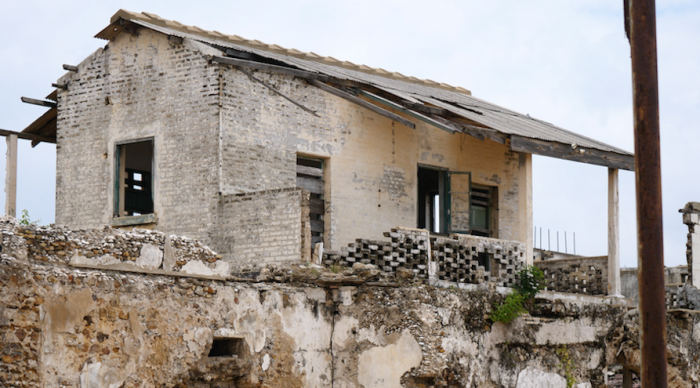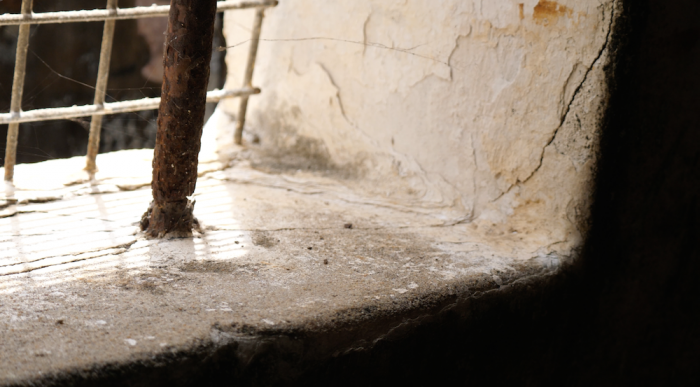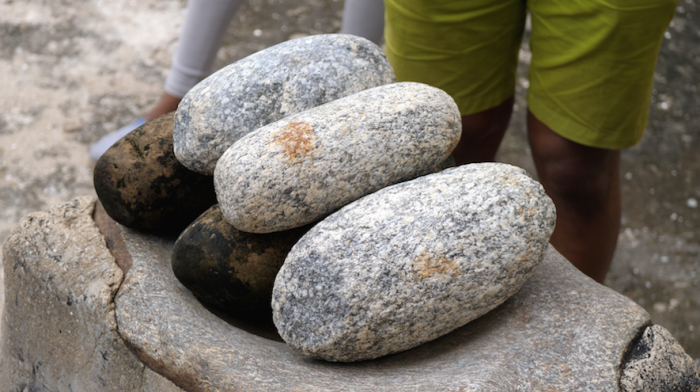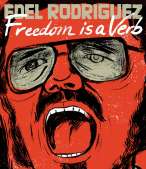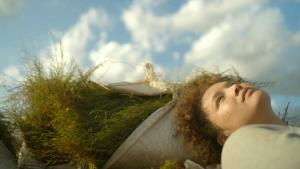When we talk about colonialism as Africans it’s oftentimes from the perspective of the victim.
Our ancestors were taken, exploited, pushed off their land, resulting in generations of enslaved, disenfranchised and dislocated peoples.
Whole economies, now some of the most powerful economies in the world, were built on the backs of slaves, and their descendents still pay the price today.
Said so matter-of-factly, it’s hard to imagine who our ancestors were. The millions that were taken turn into just that: vast, faceless numbers.
But when we walked into one of Ghana’s slave forts and castles on the Cape Coast this August, the faces of those who were enslaved began to shift into focus.
Part of the Indelibl Art Residency, we had set off with organiser Edwin Otta, and artists Damon Davis, Pamela Ohene-Nyako, Edward Ofosu and Lawrence Kwakye, to explore Ghana’s history by visiting its many historical sites.
From the country’s history, the artists, each with their own ties to Ghana, would by the end of the tour have come up with a new body of work as a response to the journey from diaspora to homeland.
The video below was captured at Lake Bosomtwe before we reached the Cape Coast. Davis, a Black Lives Matter (BLM) activist and filmmaker talks openly about his struggles with his ancestors’ displacement.
An afrofuturist, post-disciplinary artist, his work ranges from photography to music to filmmaking. Most notably, he was the co-director of Whose Streets?.
The documentary takes an uninhibited look at police brutality and the continued brutalisation of black people in America, which exploded into the international consciousness when protesters took to the streets in Ferguson four years ago.
The mass demonstrations took place after the murder of unarmed teenager Michael Brown at the hands of police. Brown is but one of the many people of colour to suffer fatal racial profiling in America.
For Davis, the story of brutalisation begins in Africa: “I think identity plays into everybody’s work. But particularly for me identity has played a huge role in my life around my race and I think that’s an important thing for most black Americans… not because we want it to be but because the world tells us that our identity doesn’t matter and our story doesn’t matter and our lives don’t matter.”
Millions of slaves were shipped from Ghana’s coasts to the Americas between 1650 to 1860. Before they were shackled and crammed into ships like sardines, the slave forts like the ones we visited were oftentimes the last places they saw.
The experience had a telling effect on Davis' opinion of his heritage and how it would go on to impact his work. Most notably, the role of the African leaders, kings and chiefs of the time took on new meaning.
According to the history behind these castles, in a number of cases, traders from all over the world relied on kings and chiefs to enslave their own people in exchange for goods and weaponry.
“I have to go home and tell my friends that we’re not the descendents of African royalty,” Davis later reflected. “But the descendents of the people it was okay to enslave and sell.”
While the tour might have raised more questions than answers, it illuminated the role of history and the importance of knowing and exploring history in the work of artists in the diaspora.
Keep an eye out for more stories from Davis and other multidisciplinary artists as we continue to unpack their thoughts over the coming weeks.
More on the artist’s residency:
Indelibl wants to make art by Africans more accessible
Afrolitt founder Pamela Ohene-Nyako on the importance of having black literature voiced and heard

